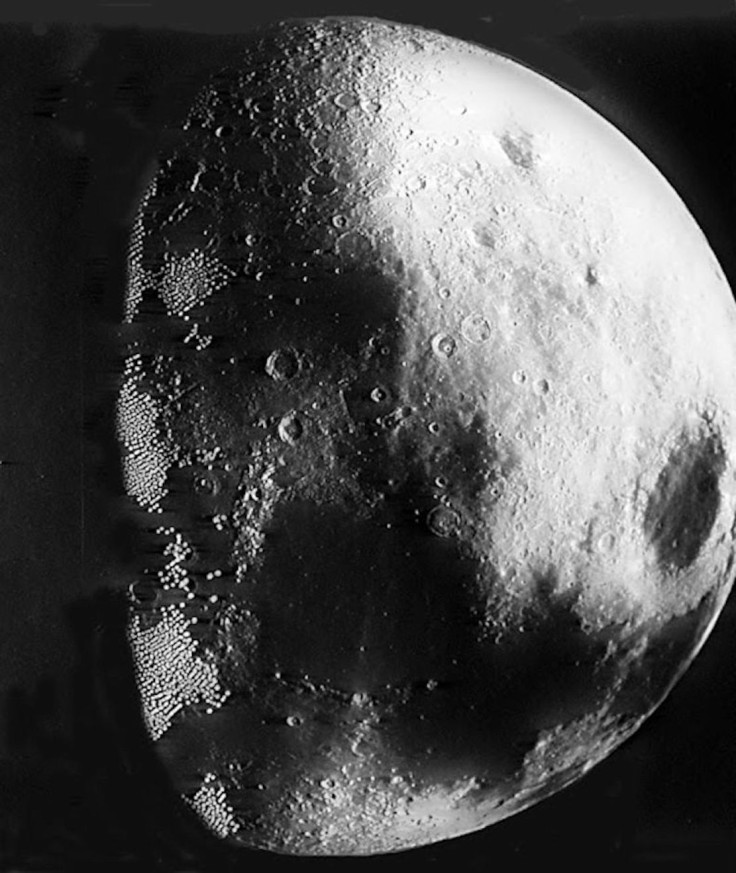Signals From Moon Reveal It’s Drifting Away From Earth, NASA Reveals

KEY POINTS
- NASA scientists have been sending light signals to the moon
- The reflector panels were delivered by past Apollo missions
- NASA discovered that the moon is slowly drifting away from Earth at a rate of about 1.5 inches per year
NASA scientists discovered that the moon is slowly drifting away from Earth. They made the discovery after analyzing the signals they received from the natural satellite.
For years, scientists have been shooting laser beams at a book-sized reflector panel mounted on NASA’s Lunar Reconnaissance Orbiter (LRO), which has been orbiting the moon since 2009. The reflector was placed there to test the reflecting capabilities of the mirror panels that previous Apollo missions left on the lunar surface about 50 years ago.
NASA’s Apollo 11, 14 and 15 delivered five reflectors on the moon between 1969 and 1971. Each of the panels is made up of hundreds of mirrors. By shooting a beam of light at the panels, scientists are able to determine the amount of time it takes for the light signal to return to Earth. Over time, however, the signals being reflected by the panels have weakened.
The scientists believe the weak signals are caused by the lunar dust that settled on the panels. Through the LRO’s own reflector panel, NASA’s scientists could check if this notion is true by measuring the difference between the time it takes for signals to return from the surface reflectors and from the LRO.
Recently, the scientists received the first signals that bounced off the LRO’s panel. Although they are still analyzing the discrepancy between the signals from the moon and the LRO, the scientists came across a new discovery about Earth’s satellite.
After comparing the signals from the LRO to the data collected over the past 50 years, NASA’s scientists discovered that the moon is slowly moving away from Earth.
According to their calculations, the massive satellite is drifting away from the planet at a rate of about 1.5 inches or 3.8 centimeters per year, which is about as fast as the growth of fingernails.
The scientists noted that they were only able to make this discovery through the data collected over the past decades.
“Now that we’ve been collecting data for 50 years, we can see trends that we wouldn’t have been able to see otherwise,” Erwan Mazarico, a planetary scientist from NASA’s Goddard Space Flight Center in Greenbelt, Maryland, said in a statement. “Laser-ranging science is a long game.”
The LRO experiment was described on Aug. 7 in the journal Earth, Planets and Space.
© Copyright IBTimes 2025. All rights reserved.




















